Search
51314-4042-The Use of Realistic Physiochemical Conditions to Demonstrate the Ability of Third Generation THPS to Control Reservoir Souring and MIC
Also Purchased
00123 EXPERIENCE WITH THE USE OF TETRAKISHYDROXYMETHYLPHOSPHONIUM SULFATE (THPS) FOR 'IRE CONTROL OF DOWNHOLE HYDROGEN SULFIDE
Product Number:
51300-00123-SG
ISBN:
00123 2000 CP
$20.00
02030 TETRAKISHYDROXYMETHYLPHOSPHONIUM SULFATE (THPS) FOR DISSOLVING IRON SULFIDES DOWNHOLE AND TOPSIDE - A STUDY OF THE CHEMISTRY INFLUENCING DISSOLUTION
Product Number:
51300-02030-SG
ISBN:
02030 2002 CP
Publication Date:
2002
$20.00
51312-01505-THPS: A Review of the First 25 Years Lessons Learned Value Created and Visions for the Future
Product Number:
51312-01505-SG
ISBN:
01505 2012 CP
Publication Date:
2012
$20.00




